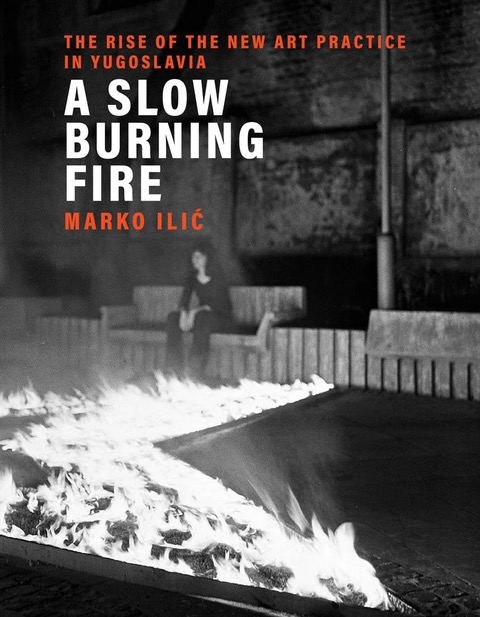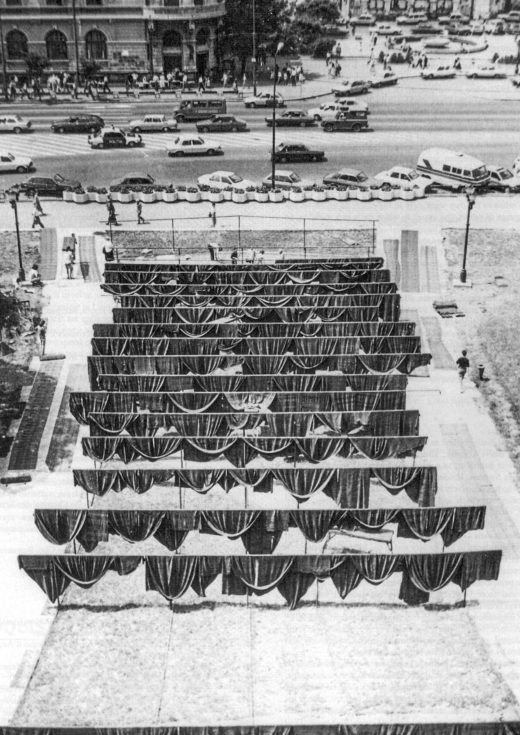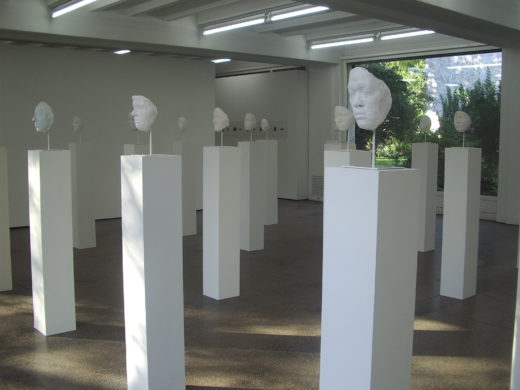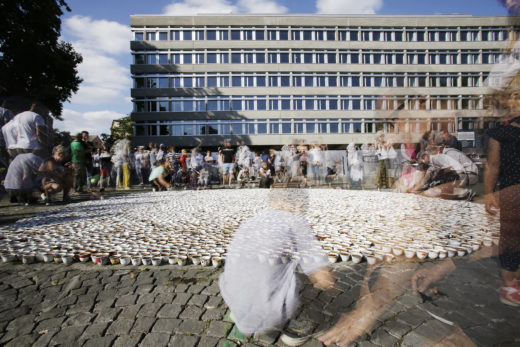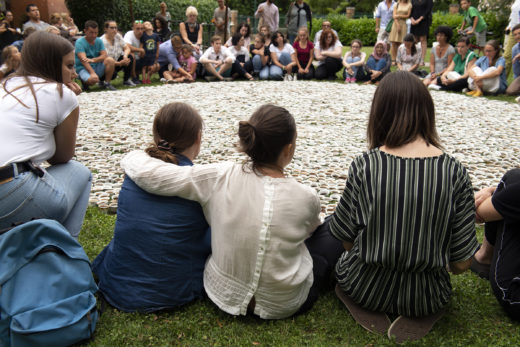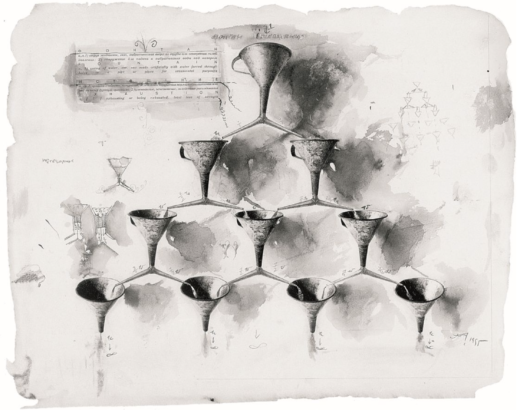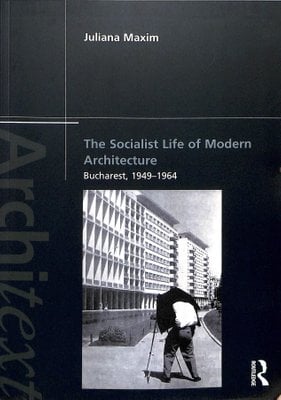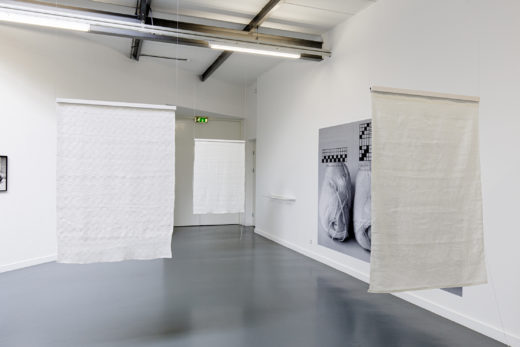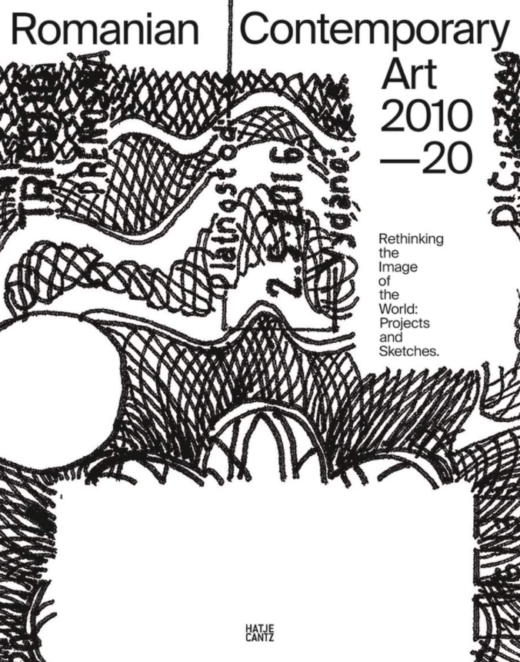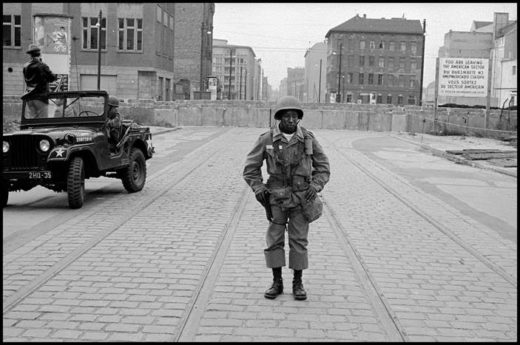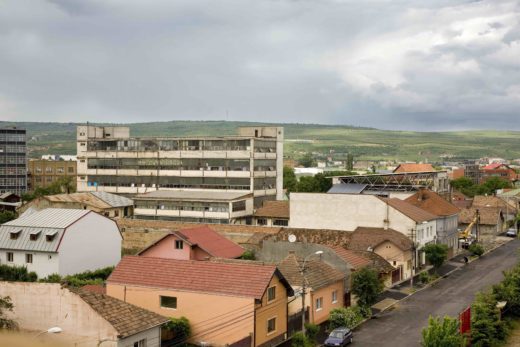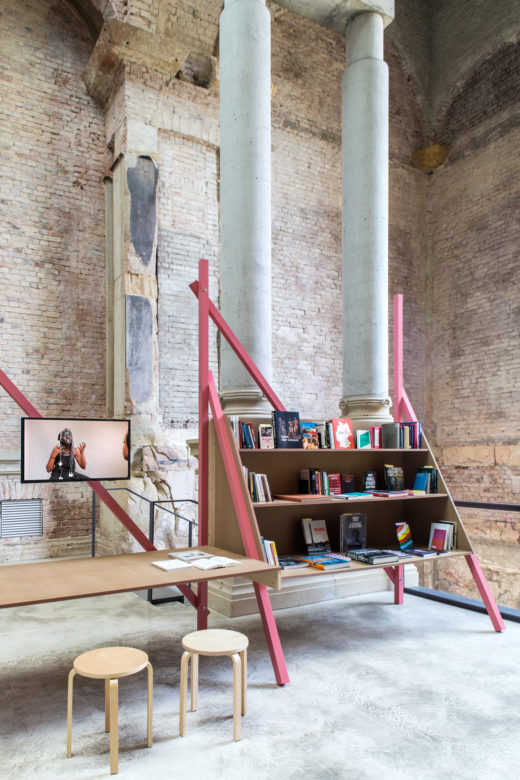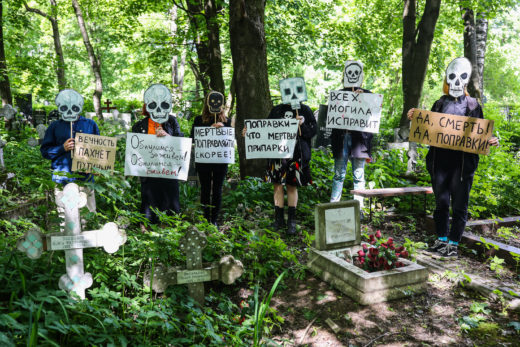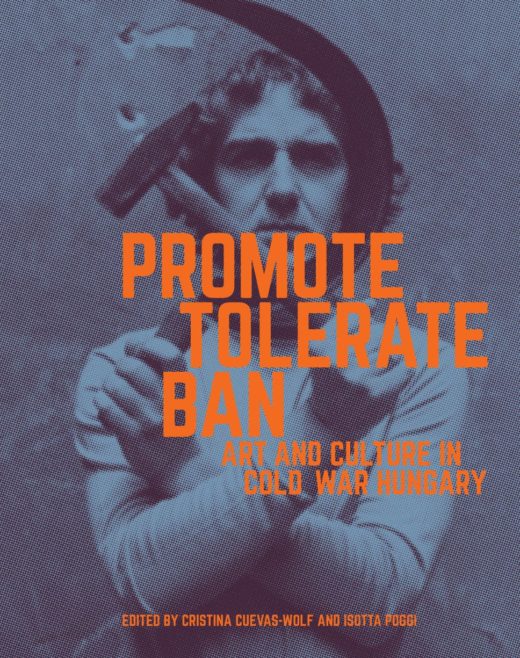Invocation Trilogy – A Conversation on Monumentality, Language, and the Past with Miška Mandić and Kuba Dorabialski
Kuba Dorabialski’s film series Invocation Trilogy stitches together an unlikely constellation of encounters and mythologies centered around the Eastern European Socialist project. Narrated in a fictional Slavic language invented by Dorabialski, the trilogy plays with truth, fabrication, and legibility as it unpacks histories and memories of Eastern Europe from the insider/outsider migrant perspective. In this interview, artist and filmmaker Miška Mandić speaks with Dorabialski about this work and his practice.
Miška Mandić: The Invocation Trilogy is a series of three video works made between 2017 and 2021, each with a bigger scope than the last. Rather than a sense … Read more


